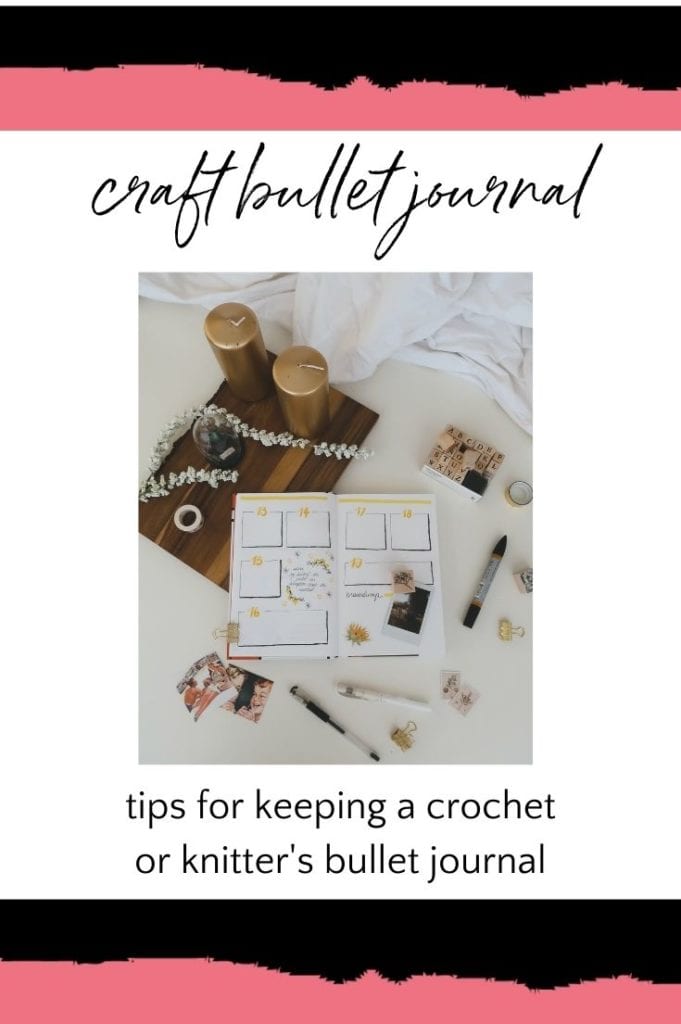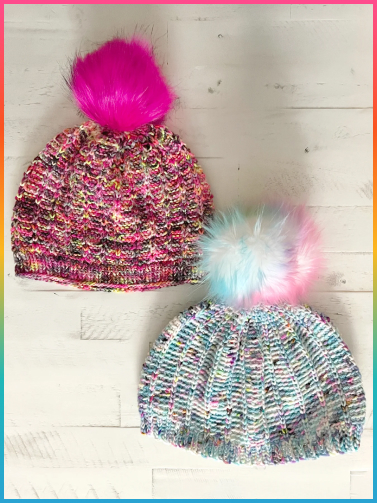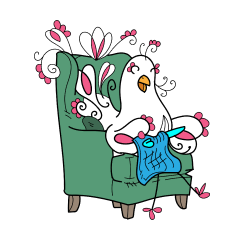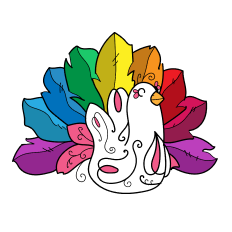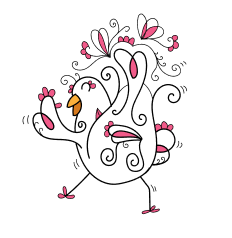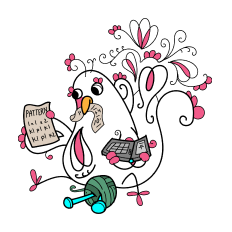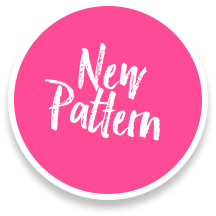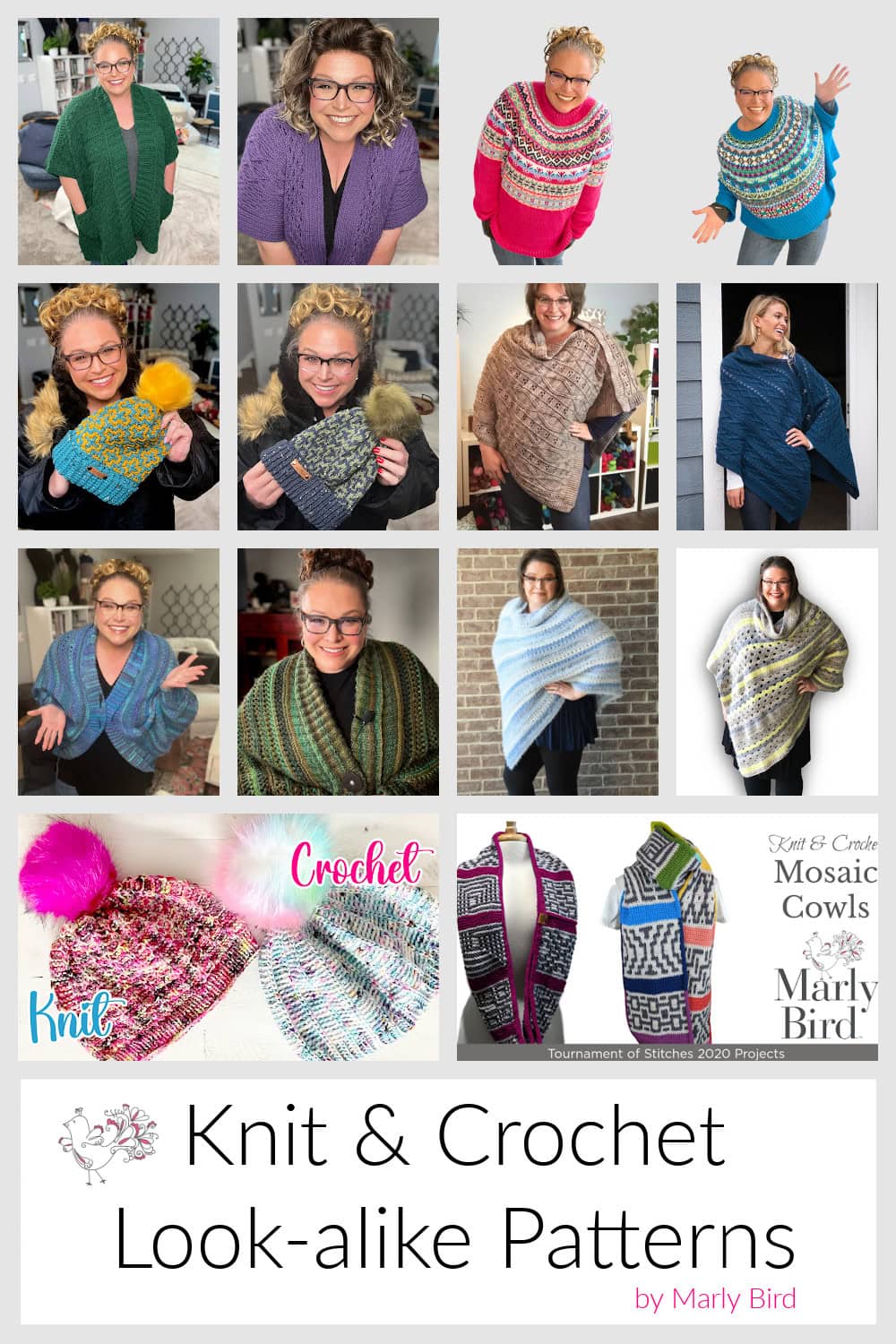How to Keep a Crochet or Knitter’s Bullet Journal
There are so many different systems of journaling and project tracking. However, only a few are right for any one individual. The bullet journal (bujo) craze took off a few years ago. Is it the right one for you? Some people find that they can use the bujo system to enhance their crafting. Here are some tips for keeping a crochet or knitter’s bullet journal.
Note: This post may contain affiliate links. If you click one then make a purchase, I get a percentage of the sale. Your price doesn’t change. I appreciate your support.
But First, What Is a Bullet Journal?
The bullet journal is a system of flexible notebook keeping designed to allow you to track pretty much everything – from annual events to your grocery list – in one simple notebook that is indexed for easily finding what you need.
Some people get seriously intense with tracking every single thing, using elaborate listing systems and decorating each page with beautiful colors and lettering. On the other hand some people keep both style and content very simple. There is so much that you can do with the bullet journal. It’s easy to personalize to your own needs. And if you want one that’s just for use as a crochet or knitter’s bullet journal, that’s an option as well.
For a good overview of the basic bullet journal, check out the Buzzfeed bujo explanation or this guide by Tiny Ray of Sunshine. Of course the original BuJo website is also a place to start.
10 Tips for Keeping a Crochet or Knitter’s Bullet Journal
The more that you use your crochet or knitter’s bullet journal, the more you’ll figure out what’s right for you. But here are ten tips and ideas to get you started.
1. Track Fiber Events In The Future Log
Your future log is your calendar of upcoming events. For example, if you planned in advance to participate in Tournament of Stitches, then you might have put that into your future log.
If you attend a lot of yarn events (or want to!) then this is a good place to calendar those out so that you can see what you have planned in the months ahead. You may discover you have several empty months in a row, which might inspire you to look for a retreat, workshop, class, or convention to attend during that time. Alternatively, you may also find that some months are very busy, which can give you pause for determining whether you want to stay that busy.
The future log is also where crochet artists will track their exhibits. Likewise, crafters who sell their work can list their sales events. Basically, anything that you want in a calendar goes here. Therefore, it’s the part of your crochet or knitter’s bullet journal that lists events and anything with a scheduled date.
2. Put Submission Deadlines In Your Monthly Log
Each month in the bullet journal has its own layout so you can see what needs to be done and when you are going to do it. Whereas the future log is a long-term (perhaps annual) calendar, the monthly log clarifies what must happen each month.
In addition to any events that you’ve added here from your future log, this is a great place in the crochet and knitter’s bullet journal to list submission deadlines. If you have a design that you want to submit to a crochet magazine, then it goes here. If you have a finished object that you want to submit to a state fair, then list it here. Craft bloggers may also find that this is a good place to list blog deadlines for the month.
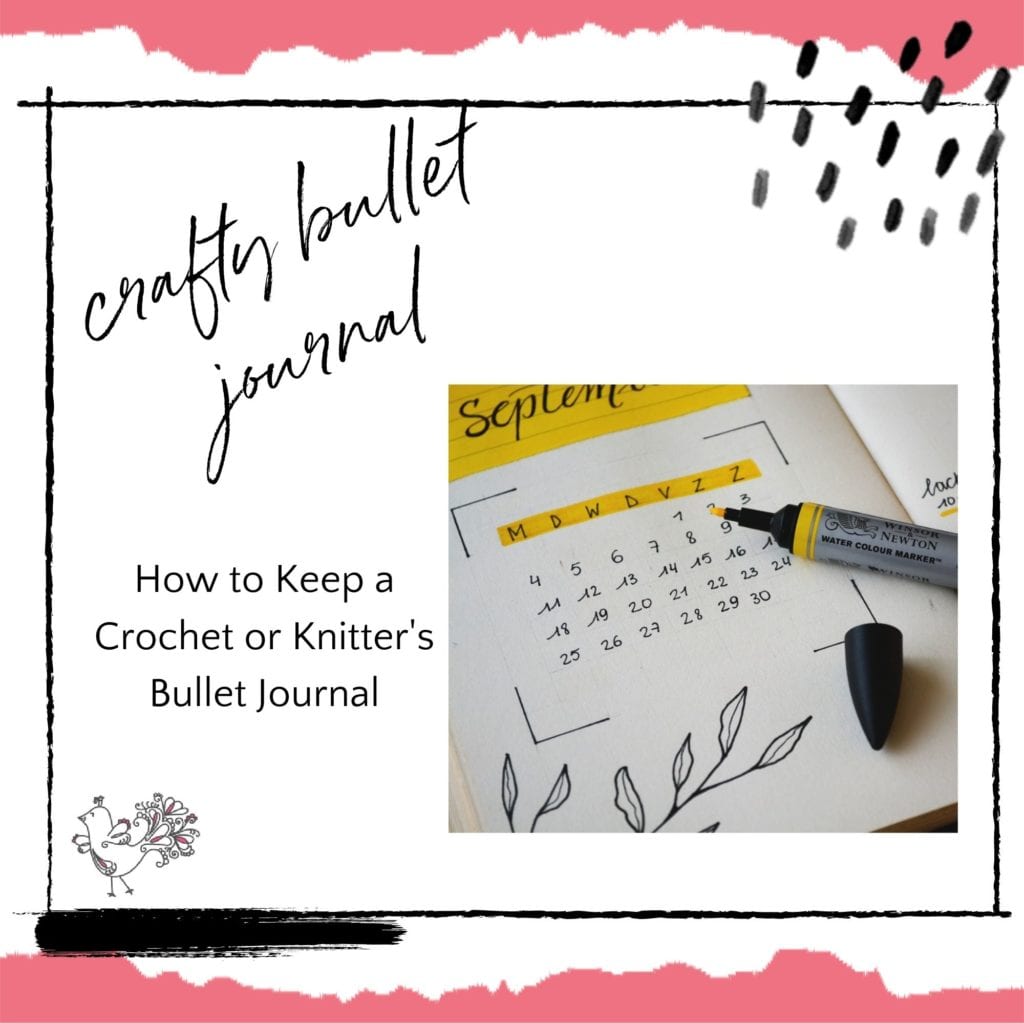
3. Use the Monthly Log to Set Craft Goals
In addition to things like submission deadlines that have a set date, you can use the monthly log to establish your own craft goals.
Examples of goals to add to your monthly log include:
- Completing a WIP
- Organizing yarn stash
- Purchasing the yarn for an upcoming CAL / KAL
- Finishing a specific amount of progress on a big project
- Checking items off of your “to make for the holidays” list
- Learning a new technique
- Writing a blog or social media post
Oftentimes people find that setting a specific deadline for their personal craft goals is a great way to expand their crochet or knitting horizons.
4. Use the Daily Log to Celebrate Your Craft Achievements
In bullet journaling, the daily log is a simple list of short bullet points that describe your day. It includes to-do tasks, things to remember, quotes, etc. You can use the daily log to list your crafty to-do’s for the day.
However, you might also use this as a roundup of your daily achievements. Your crochet and knitter’s bullet journal is a smart place to celebrate what you’re accomplishing on a day-to-day basis.
Crochet and knitting help many of us feel productive even when we don’t appear on the surface to be getting much done. Therefore, this can be another great way to boost our self-esteem as we see what we get done in crochet.
Think of it as a daily gratitude list specific to crafting.
5. Remember All of a Project’s Details
In bullet journaling, any page can be used in any way you like. Therefore, you could dedicate a page to each knit or crochet project.
Things you might include:
- Pattern name
- Where you found the pattern (and where you can find it again)
- Details of the yarn you’re using
- Project color ideas
- What hook/needles you’ve used
At the start of each bujo your create an index. Therefore, you can easily glance at the front of the journal to see which project details are contained within. Then you can easily flip to that page.
6. Use the Bujo as a Knit / Crochet Project Tracker
Lots of people who do bullet journaling use habit trackers. These are short calendars – sometimes color coded – that let you easily see if you’re achieving your goals. You might make a page for a one-week tracker or for a one-month tracker. Each day you mark off whether or not you met that goal for that day.
Common trackers include those for exercise, staying in a budget, daily meditation, drinking enough water, etc. Basically, anything that you want to do daily (or often) can go onto a habit tracker.
Your habit tracker may be as simple as “crochet” or “knit.” In other words, marking off each day that you craft to keep it up as a habit.
Daily Habits to Track in Your Crochet or Knitter’s Bullet Journal
However, a knit or crochet habit tracker might also be more complex and specific to the craft. Ask yourself what things in crochet you’d love to accomplish each month and then include each of those as a habit tracker item. Ideas include:
- Practice mindfulness crochet / knitting
- Work on WIPs
- Work from yarn already in stash
- Try a new stitch / technique
- Do hand exercises for crafters
- Photograph crochet and share on social media
Of course, you may find that these things work better for you as general goals in your monthly log than in habit tracker format. But if there’s something that you want to try to do each day, then the habit tracker is the place for it. Use the bullet journal in whatever way works best for your own crochet goals.

7. Create Knit and Crochet Collections
In the world of bullet journaling, collections are just big lists of things. It’s kind of a place to brainstorm. For example, you might have a single list of all of the things you want to try in crochet or knitting.
Or you may have multiple collections (several big lists) for different things such as:
- Every crochet / knit stitch you want to try
- Every crochet or knitting technique you want to learn
- All of the knit and crochet classes you want to take
- Every crochet book (or knitting book) that you want to buy
- All of the fiber artists you want to study
- Every crochet pattern or knitting pattern you want to make
These collections are to inspire you. Of course, you can also mark off what you’ve accomplished on each one so that you can see how far you’re getting with your crochet.
You can also combine parts of your crochet or knitter’s bullet journal. For example, you might create a habit tracker for your collections, marking off each day that you do something on your collections lists.
8. Track Yarn and Supplies Shipping Info
This is basically a list of things that you’ve ordered and are waiting to arrive.
If you frequently order knit and crochet supplies then you might want to track all of the yarn, pattern books, etc. that are in the mail on their way to you. Add the tracking info if you have that available.
If you are someone who ships items related to your craft, then you may also have a page for tracking that shipping info. For example, if you have an Etsy store, then you might track sales and shipments in your crochet or knitter’s bullet journal.
9. Generalized Craft Journaling
Take the time to write about your craft experience. How do you feel about your knitting and crochet? What happened when you tried to work on something and it didn’t turn out the way that you expected? Do you have big dreams and ideas for knitting and crochet? Use blank pages in your bujo to get those thoughts down on paper.
10. Knit or Crochet a Handmade Book Cover for Your Bujo
Your bullet journal can be any notebook that you like. Many people like to use grid notebooks but that’s not necessary. There are ready-made bullet journals set up with different page styles to make it easy for you. Whatever you choose, personalize it by making your own knit or crochet book cover to wrap around it.
You Might Also Like:
- DIY Project Journal for Knitting and Crochet
- The Knitter’s Journal by Jane Klein
- Fiona Ellis, Author of Knitspiration Journal
Crafty bullet journal images via Unsplash

